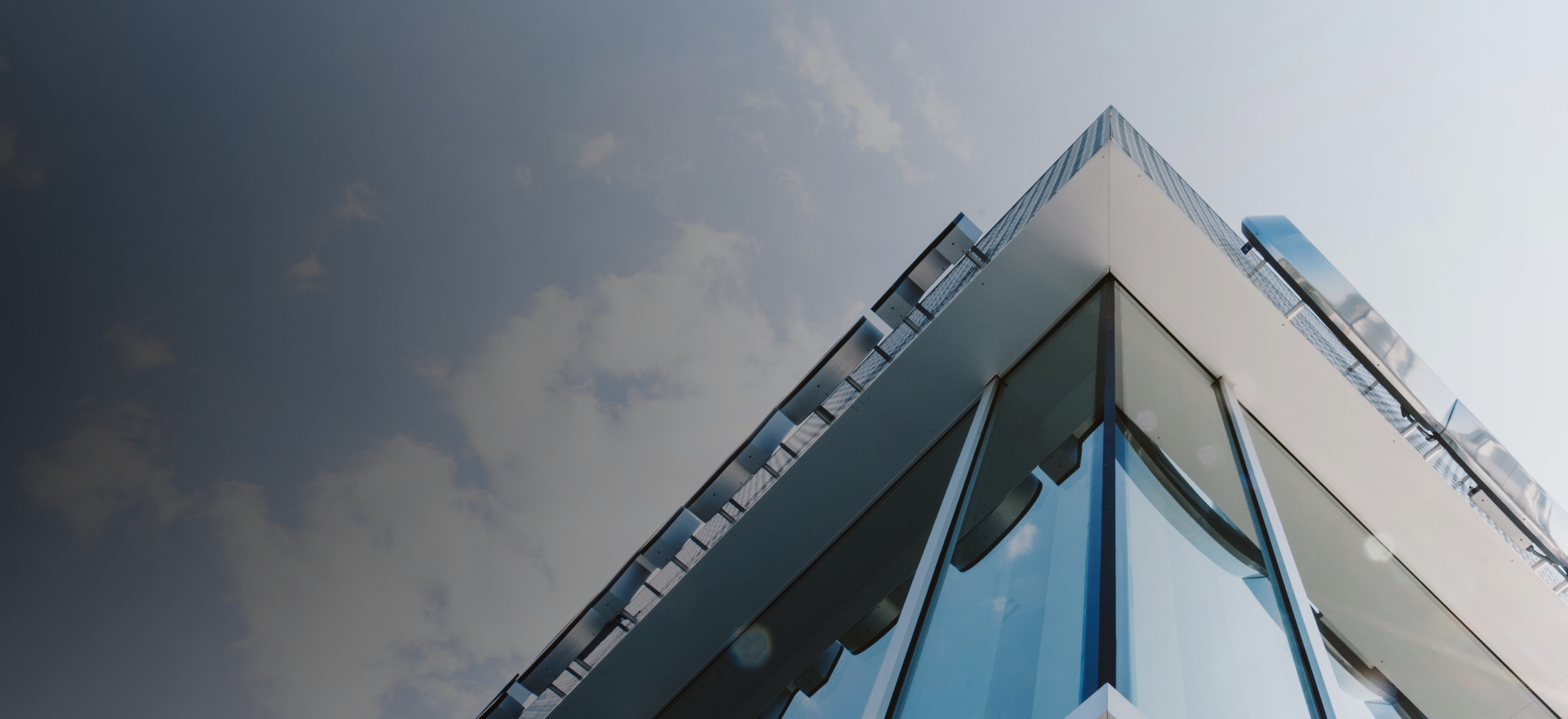
Color is far more than decoration in architecture—it’s a psychological tool, a spatial manipulator, and a cultural communicator. Yet many architects treat it as an afterthought, tacked on during the final stages of design. This is a missed opportunity. When applied with intention, color can transform how people perceive, feel, and behave within a space.
Keynotes
- Color influences mood, perception of space, and even physiological responses.
- Cultural context determines whether a color uplifts or offends.
- Strategic color use can enhance wayfinding, safety, and brand identity.
Dive in to learn how to harness color as a core design element—not just a finish.
The Psychology of Color in Built Environments
Research in environmental psychology shows that color directly impacts human behavior. Cool tones like blues and greens promote calmness and focus—ideal for hospitals and schools. Warm hues like reds and oranges stimulate energy and appetite, making them popular in restaurants and retail spaces.
But it’s not just about hue. Saturation and value matter too. A highly saturated red can feel aggressive, while a muted terracotta evokes warmth and earthiness. As the Autodesk design team notes, “Color is the first thing users notice—and the last thing they forget.”

Cultural and Contextual Sensitivity
White symbolizes purity in Western cultures but mourning in parts of Asia. Green is sacred in Islam, while purple historically denoted royalty in Europe. An architect designing a community center in Lagos must consider local associations—just as one working in Oslo would.
Color as a Spatial Tool
Color can manipulate perception of space:
- Light colors make rooms feel larger and ceilings higher.
- Dark colors create intimacy and enclosure.
- Contrasting accents can highlight architectural features or guide movement.
Consider the Barcelona Pavilion by Mies van der Rohe: the use of green onyx, red curtains, and chrome wasn’t arbitrary—it created a choreographed sensory journey through space. This interplay of hue and form is echoed in our analysis of light and
shadow in spatial design, where color and illumination work in tandem.
Materiality and Light: The Real-World Variables
Architectural color doesn’t exist in a vacuum. It interacts with:
- Surface texture: Rough plaster absorbs light differently than smooth tile.
- Natural light: A color that’s warm at noon may turn cool at dusk.
- Adjacent materials: Wood, metal, and glass all reflect and refract color.
This is why we always test full-scale mockups under real lighting conditions—something emphasized in the RIBA Journal’s guide to material specification.
Practical Strategies for Architects
- Start with a limited palette: 2–3 dominant colors plus 1 accent.
- Map color to function: Use calming tones in rest areas, energizing ones in collaborative zones.
- Consider maintenance: Bright colors show dirt faster; matte finishes hide imperfections.
- Document rigorously: Specify exact paint codes (e.g., RAL, NCS) to avoid on-site surprises.
Ready to design smarter?
Color is your silent collaborator in shaping human experience. Let’s make it intentional. Explore our design services to see how we integrate color theory from concept to completion.
Similar Posts
- Understanding Proportion and Scale in Building Design
- Materiality and Identity in Contemporary African Architecture
- The Role of Light and Shadow in Spatial Design
- Human-Centered Design: Beyond Ergonomics
- The Golden Ratio in Contemporary Architecture
Labels: Color Theory, Architectural Psychology, Design Strategy, Cultural Design, Material Specification, Environmental Design







No comments:
Post a Comment
Don't Forget to Let us Know What you Think About this Post in the Comment Box.